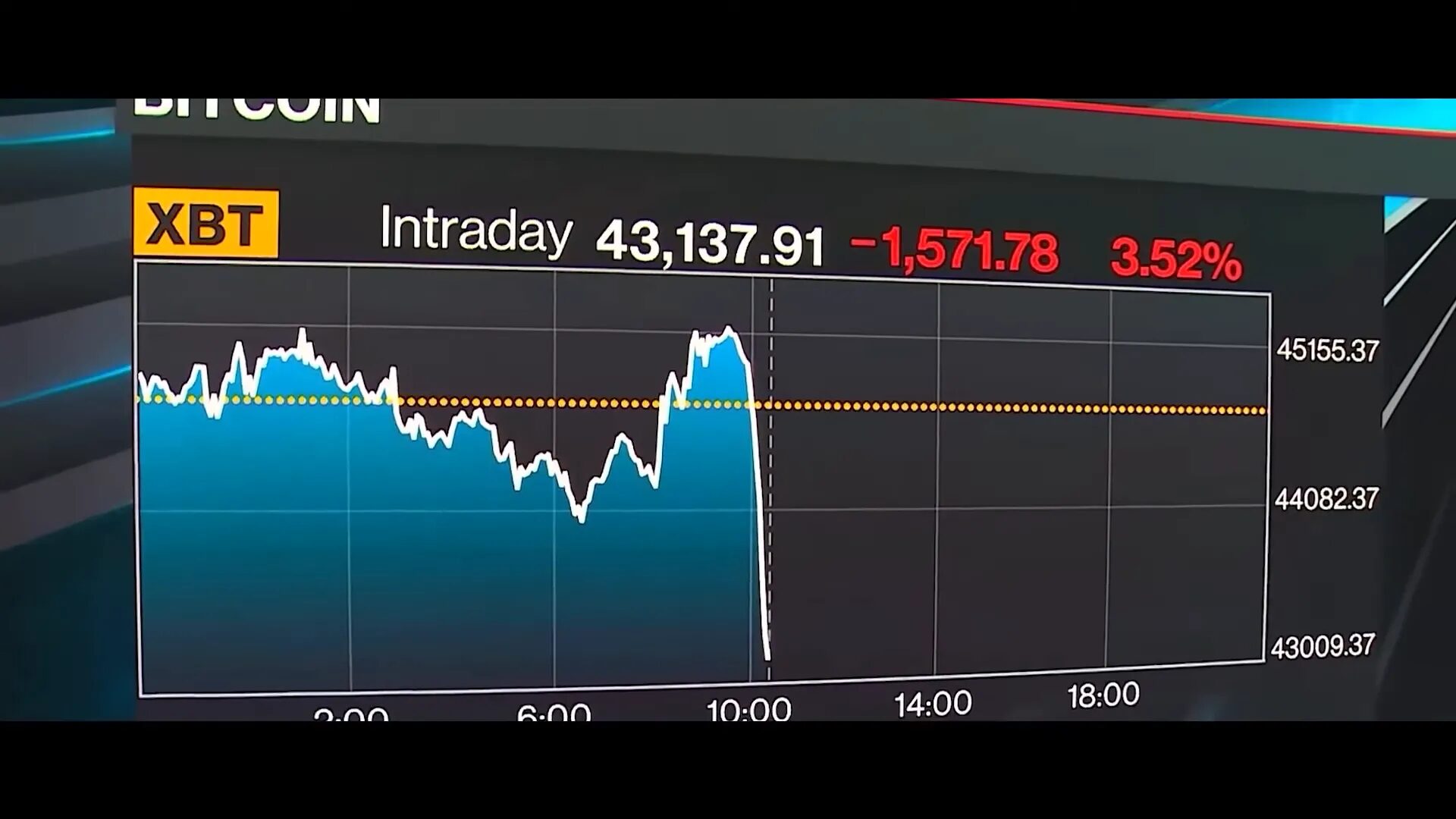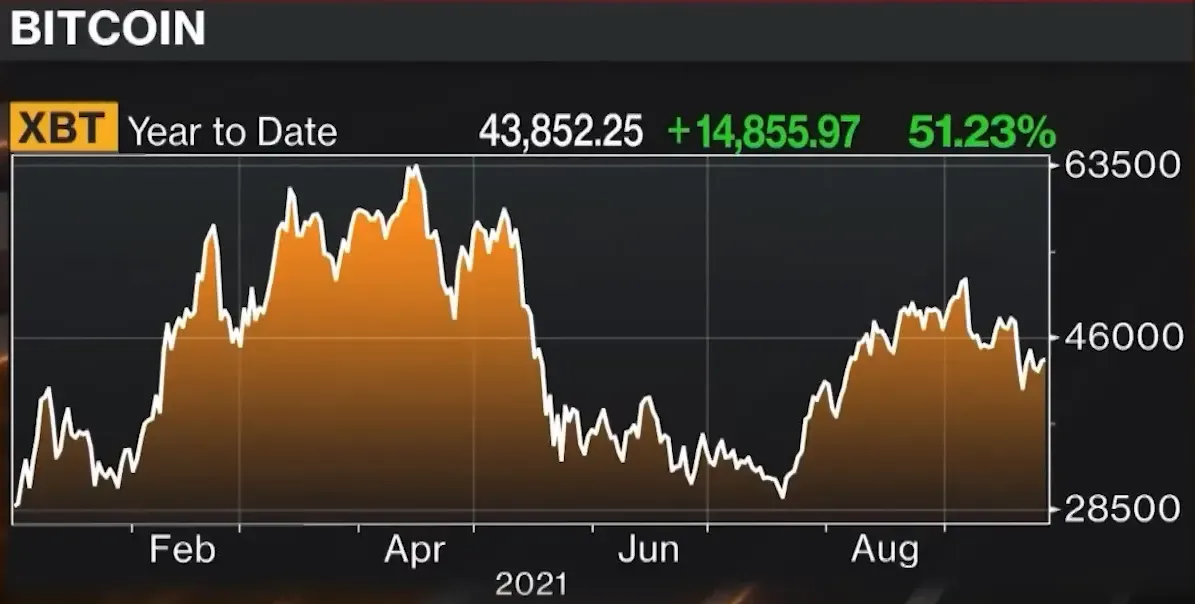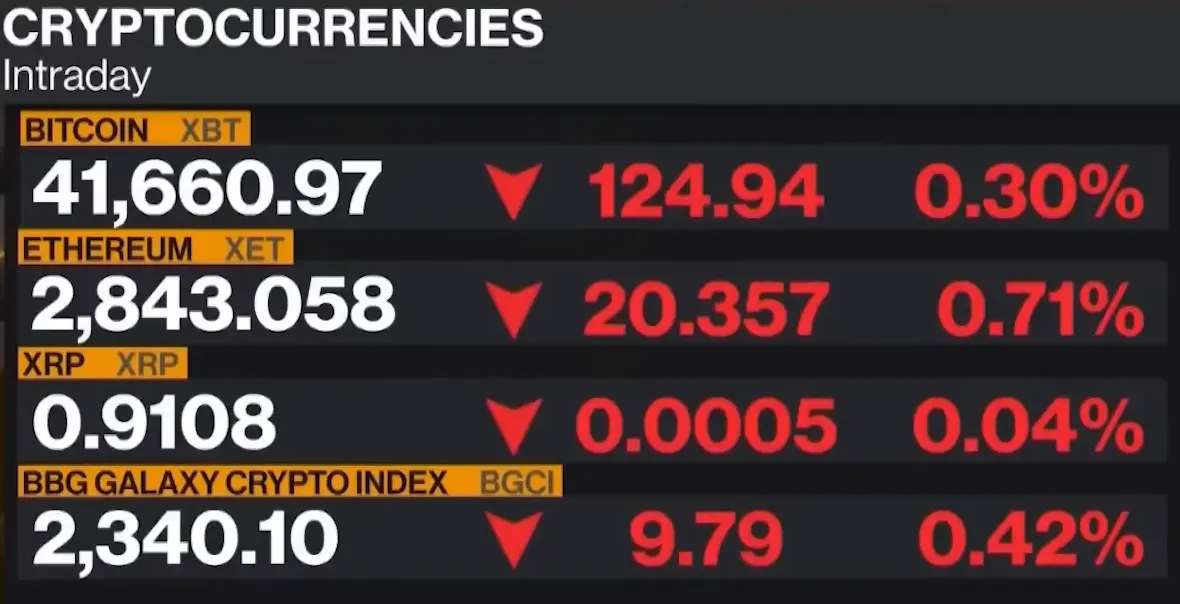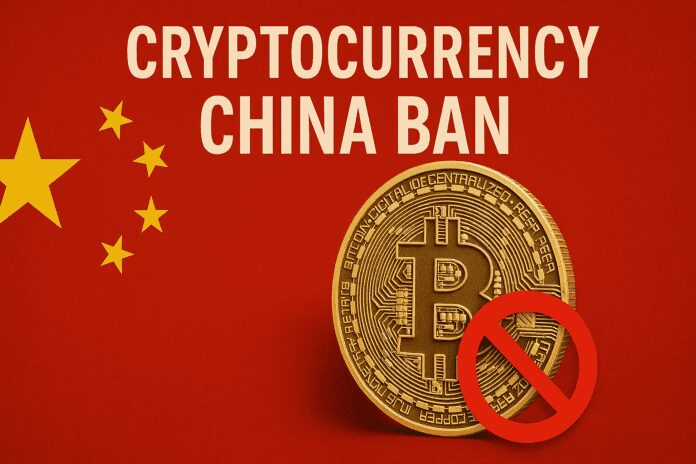Table of Contents
- Introduction: What the cryptocurrency china ban is and why it mattered
- How we got here: A timeline of China’s crypto policy
- Why China acted: four core motivations
- Immediate market reaction: prices, liquidity, and market behavior
- Mining: the hash rate, miner migration, and the energy transition
- Technological responses and the “green token” debate
- Business impact: exchanges, wallets, custodians, and employees
- Market structure shift: DeFi, DEXs, and decentralized resilience
- Geopolitical and economic ripple effects
- Will Bitcoin and the broader crypto industry survive without China?
- Predictions and market perspectives: how high could Bitcoin go?
- Coexistence of CBDCs and crypto: an arms race of digital rails
- What businesses should do now
- FAQ
- Conclusion: What to watch next
Introduction: What the cryptocurrency china ban is and why it mattered
The phrase cryptocurrency china ban captures a pivotal moment in the evolution of digital assets: an explicit, forceful attempt by China to outlaw all crypto transactions and wind down domestic mining. Unlike previous statements or localized measures, this was framed as a comprehensive prohibition—covering crypto-to-crypto trades, crypto-to-fiat services, offshore exchange services for Chinese nationals, and operational activities tied to exchanges and mining.
The announcement shocked markets momentarily and sparked heavy coverage around the world because China was central to the crypto ecosystem. Historically, China accounted for a large share of trading volume, exchange infrastructure, mining hardware production, and the overall global hash rate. So when Beijing moved to make transactional activity illegal and urged provincial governments to eliminate mining, it wasn’t just local policy—it was a seismic shift.
How we got here: A timeline of China’s crypto policy
To understand the recent crackdown, we need a brief timeline of China’s engagement with cryptocurrencies. The trajectory is not one of sudden dislike; rather, it is a series of escalating measures that reflect a persistent skepticism from regulators.
2007–2013: Digital experiments and early controls
- 2007: Tencent’s Qcoin experiment showed early Chinese engagement with digital currencies in closed ecosystems.
- 2009–2011: Bitcoin and other early coins spread. The first Chinese Bitcoin exchange, BTC China, launched in 2011, followed by Huobi and others.
- 2009 (approx): China banned the use of private digital currencies to buy real-world goods and services, a first early restriction that set the tone.
2013: Financial institutions banned from processing Bitcoin
In December 2013, Chinese regulators announced financial institutions could no longer process Bitcoin transactions, declaring Bitcoin an illegal means of payment. The price reaction was sharp—Bitcoin lost over 30% on the world’s then-largest exchange—yet individuals were not prohibited from holding cryptocurrencies.
2017: ICO crackdown and fiat-crypto bans
By late 2017, initial coin offerings (ICOs) and fiat-to-crypto services drew intense regulatory scrutiny. Authorities banned ICOs as illegal fundraising and ordered funds returned to investors. Two weeks later, exchanges allowing direct fiat-to-crypto trading were ordered to stop, forcing many platforms offshore.
2019–2021: Mining scrutiny and provincial pushback
Mining grew into a major economic activity where cheap electricity and hardware supplies made China a global leader. In 2019, the NDRC included Bitcoin mining in a preliminary list of industries to be restricted due to environmental concerns; it was later removed from the final list, but the signal was sent.
Through 2020–21, provincial measures in Inner Mongolia, Sichuan, and Xinjiang began restricting miners, citing energy constraints and environmental goals.
2021: The full-scale reinforcement—cryptocurrency china ban intensifies
In 2021, the state council and the People’s Bank of China (PBOC) intensified regulation. The most consequential move was the statement that crypto transactions and related services were illegal, combined with an explicit push to eliminate domestic mining through measures such as seizing investment, increasing electricity costs for miners, and denying new industry access.

Why China acted: four core motivations
Behind the headlines, the China cryptocurrency ban (and preceding measures) can be traced to four core motivations. Each of these explains part of the rationale and helps us predict where policy might head next.
1. Capital controls and preventing capital flight
China maintains strict foreign exchange controls. Digital assets represent a technology-enabled avenue for capital outflows that are harder to trace or control than traditional bank transfers. Regulators are concerned that individuals and entities could use crypto as a way to move wealth offshore, undermining monetary policy stability and capital account controls.
2. Financial stability, fraud, and money laundering
Cryptocurrencies are associated—rightly or wrongly—with fraud, scams, and money laundering. Authorities point to ICO frauds and the unregulated nature of many exchanges as threats to household savings and systemic stability. By criminalizing certain services, regulators aim to reduce these risks.
3. Energy and environmental targets
Mining is electricity-intensive. China has faced domestic energy stresses, affecting industries from aluminum to steel. Provincial authorities cited environmental goals and carbon reduction commitments when moving to restrict or eliminate mining in their regions. The narrative was: mining’s energy footprint threatens climate targets and local power supply stability.
4. Digital sovereign currency strategy (the digital yuan)
China has aggressively developed a state-backed digital currency—the digital renminbi (e-CNY). Allowing a broad spectrum of decentralized digital currencies to flourish would create competition to a centrally controlled digital currency. Restricting crypto protects the political economy and accelerates the digital yuan’s path to adoption without competing digital alternatives.
Immediate market reaction: prices, liquidity, and market behavior
When the PBOC announced the classification of crypto transactions as illegal and urged provincial governments to stop mining, markets reacted in three ways: a price shock, liquidity stress in stablecoins, and reallocation of trading flows.
Price action
- Bitcoin dropped roughly 5–10% immediately after the announcement, a painful but not catastrophic move relative to Bitcoin’s volatility history.
- Ethereum and many altcoins sold off more heavily; in many cases altcoins plunged double-digit percentages because they are less mature and more speculative.
- Some assets proved more resilient—Bitcoin’s relative “store of value” narrative meant it sometimes outperformed newer projects during regulatory shocks.
Experts noted that the reaction was muted compared to earlier bans because the market had anticipated further tightening for months. Traders and institutions had already discounted some of the risk, and the decentralized nature of crypto makes outright suppression difficult.
Stablecoins and liquidity: the Tether watch
Tether (USDT) plays a key role in flows from China to global crypto markets. After the crackdown, market participants watched Tether’s price: small deviations (e.g., trading at $0.991) signaled increased stress in yuan/crypto liquidity. If onshore flows slowed, offshore stablecoins could see volatility and liquidity imbalances.

Shift in exchange activity
Many global exchanges had previously accepted Chinese users via gray-market routes (VPNs, offshore registration). The recent announcement removed ambiguity: firms announced stopping registration and restricting Chinese customers. This forced users and platforms to pivot to private peer-to-peer trading, decentralized exchanges (DEXs), and other workarounds.
Mining: the hash rate, miner migration, and the energy transition
China once dominated Bitcoin mining thanks to cheap electricity and a local supply chain for rigs. The crackdown accelerated a redistribution of hash power across the globe.
How big was China’s mining footprint?
At its peak, China hosted roughly half of global Bitcoin mining capacity and ~46% of the global hash rate. That concentration made any policy shock particularly consequential for network throughput and local economies tied to mining.
Where did miners go?
- United States: A large portion of mining capacity migrated to the U.S., attracted by supportive regulation in some states, abundant renewable and stranded energy, and capital for large-scale operations.
- Kazakhstan, Russia, Iran: Some miners moved to countries with cheap electricity or lenient regulation.
- Data center diversification: Many companies invested in portability—shipping rigs to jurisdictions with favorable conditions.
Following migration, global hash rate fell sharply in the immediate aftermath but recovered as miners re-established operations abroad. Hash rate recovered to roughly 70% of prior levels in many analyses, showing network resilience.
Energy and environmental arguments revisited
China’s environmental argument against mining has two dimensions: the absolute energy use of proof-of-work mining, and the carbon intensity of the grid powering miners. Yet mining is also highly flexible and can be co-located with renewable projects or used to absorb excess generation, such as midday solar. This flexibility makes mining both a problem and, in some contexts, a tool for grid stabilization and renewables integration.
Technological responses and the “green token” debate
China’s energy critique spurred interest in lower-energy consensus mechanisms and “green” blockchain projects. Chia, marketed as a low-energy alternative, became a focal point of this discussion.
Chia: proof-of-space and -time
Chia’s consensus algorithm uses disk space rather than raw computational hashing. Farmers precompute and store large datasets on drives; when challenged, the chain checks stored proofs rather than requiring millions of energy-wasting hash operations. The pitch: use storage (often retired or recycled drives) instead of power-hungry ASICs.
Critiques and trade-offs
Critics highlight that heavy demand for storage can accelerate hardware consumption and e-waste. Additionally, proof-of-stake (PoS) architectures—where validators stake tokens rather than performing heavy computation—promise lower energy usage but raise security debates around centralization and state-level conflicts.
Proof-of-stake vs. proof-of-work: security and geopolitics
Supporters of PoW argue it is battle-tested and recovers from certain attacks differently than PoS. PoS proponents emphasize energy efficiency and faster transaction throughput. Regulators and governments now consider both technical and geopolitical trade-offs: which mechanisms are robust under nation-state pressure? Which offer predictable control over money supply and transaction traceability?
Business impact: exchanges, wallets, custodians, and employees
China’s ban affected a wide range of companies and workers. Responses varied depending on business models and geographic exposure.
Exchanges: relocation, registration freezes, and compliance headaches
- Major platforms with China roots (Huobi, OKX) stopped onboarding Chinese users and accelerated offshore headquarters moves.
- Some firms moved legal operations to jurisdictions with clearer crypto rules, such as Singapore, the Bahamas, and parts of Latin America.
- Enforcement actions included potential prosecution for Chinese nationals working for overseas exchanges in technical or marketing roles—raising risk for remote teams.

Wallet makers and hardware providers
Hardware wallet companies selling globally were less affected if they had diversified markets. Some vendors intentionally limited reliance on China after earlier restrictions. Smaller companies focused on the Chinese consumer market faced tougher headwinds.
Miners and infrastructure companies
Many miners physically moved rigs and harnesses to new locales. This required logistical planning, new power deals, and regulatory navigation, but also opened opportunities for growth in friendly jurisdictions.
Employees and talent flows
Regulators warned Chinese nationals about potential legal exposure for work tied to crypto exchanges and offshore services. This led to some staff relocation and a rethinking of remote work structures within firms serving Chinese markets.
Market structure shift: DeFi, DEXs, and decentralized resilience
Forced restrictions on centralized exchanges highlight one of crypto’s built-in resistances: decentralization. As local access to centralized services gets cut, decentralized alternatives and peer-to-peer trading become more attractive.
- Decentralized exchanges (DEXs) allow crypto-to-crypto swaps without KYC, though they come with their own regulatory and security challenges.
- DeFi (decentralized finance) protocols gained renewed attention as liquidity and market-making moved on-chain.
- Private peer-to-peer markets (OTC desks, social trading) filled some demand, albeit with higher counterparty risk.
Geopolitical and economic ripple effects
China’s stance creates opportunity and contention across the globe. Several dimensions are worth noting.
Soft power and influence
China’s retreat from crypto creates a soft-power dynamic: while China clamps down at home, other countries have used crypto adoption as part of an economic positioning strategy (e.g., El Salvador). This divergence can alter relationships and influence in regions where China has historically invested heavily.
Opportunities for other jurisdictions
- United States: greater mining hardware and operations presence following relocations.
- Singapore and Switzerland: continued traction as regulatory-friendly hubs for exchanges and projects.
- Latin America: countries like El Salvador adopting Bitcoin as legal tender created fresh markets for crypto firms.
- Australia and other countries with renewable energy: potential to attract green mining initiatives.
Impact on global capital markets
The crackdown raises questions for global regulators: will the U.S., EU, and other authorities coordinate responses? Or will fragmentation deepen? Market participants expect more scrutiny and possibly clearer regulatory frameworks, which in turn could benefit compliant, well-capitalized players.
Will Bitcoin and the broader crypto industry survive without China?
Short answer: yes, albeit in an evolved form. Several experts in the broader discussion argued that Bitcoin and decentralized protocols were designed to be global and resilient to single-country suppression. The world economy’s scale and the hyperglobal nature of crypto markets mean that the loss of one large market, even one as significant as China, does not end the industry.
Key points supporting resilience:
- Decentralization of nodes and miners: once hash power spreads globally, networks can recover.
- Liquidity redistribution: flows through other major markets (US, EU, Asia-Pacific) absorb trading volumes.
- Innovation shift: more projects and capital may move to regions with clearer regulation, fueling a new wave of development.
However, challenges remain. Enforcement can be severe in autocratic jurisdictions, talent and capital can shift away, and global coordination on AML and consumer protection will likely tighten. But history shows the technology adapts: prior crackdowns in China had spurred offshoring and later market rebounds.
Predictions and market perspectives: how high could Bitcoin go?
Market commentators offered bullish scenarios even after the ban—some predicting $100,000 or $200,000 within cycles—arguing that regulation can act as a clearing mechanism: bad projects and weak hands are removed, leaving a leaner market. Others cautioned that macro volatility, inflation, contagion from property-sector stress, or stricter international regulation could cause extended corrections.
Key takeaways on price outlook:
- Short-term: increased volatility and potential deeper dips in altcoins.
- Medium-term: a rebound is possible as miners and liquidity reallocate and as new institutional interest emerges.
- Long-term: adoption trajectories (payments integration, DeFi growth, custody infrastructure) will determine sustainable valuation trends, not any single country’s ban.
Coexistence of CBDCs and crypto: an arms race of digital rails
China’s digital yuan project is both a driver and a reason for its tough stance. Central bank digital currencies (CBDCs) are being explored globally and may coexist with decentralized crypto ecosystems. But CBDCs are centralized, programmable, and aligned with state controls—very different from permissionless networks.
Potential coexistence scenarios:
- Parallel rails: CBDCs for national payments and regulated crypto for investments and cross-border rails used by private actors.
- Interoperability: CBDCs may borrow technical features from blockchain, enabling interconnection with private rails.
- Competition: In some jurisdictions, CBDCs could crowd out certain crypto use-cases if the legal environment is restrictive.

What businesses should do now
Companies and investors need a practical playbook to navigate the post-ban landscape:
- Assess geographic exposure: Identify customer, employee, and operations footprints tied to China and plan for compliance or relocation if needed.
- Strengthen compliance: With global enforcement likely rising, invest in AML/KYC infrastructure and clear legal strategies for cross-border operations.
- Diversify hosting and infrastructure: For miners and nodes, diversify power sources and jurisdictions to reduce single-point regulatory risk.
- Engage regulators: Work with policymakers to shape practical rules that protect consumers but allow innovation.
- Prepare product pivots: If certain markets close, be ready to shift to DeFi-compatible, non-KYC product channels and to focus on compliant institutional offerings.
FAQ
Q1: What exactly did China ban—ownership or transactions?
China’s statements focused on transactions and trading activities. The PBOC described crypto transactions, crypto-to-crypto, and crypto-to-fiat activities as illegal financial activity. Ownership was not explicitly criminalized in the initial versions of policy, but the operational restrictions (exchanges stopping Chinese users, prosecuting service roles) make active trading and use very difficult. The distinction between owning and transacting created legal gray areas similar to other product prohibitions where possession might be allowed but commercial activity is not.
Q2: How did Bitcoin’s price react to the announcement?
Bitcoin fell 5–10% immediately, while Ethereum and many altcoins fell more steeply. The reaction was significant but not catastrophic because much of the concern had already been priced in by the market through months of rumors and incremental restrictions.
Q3: Does the ban stop people in China from holding Bitcoin?
In practice, enforcement measures and the shutdown of enterprise exchanges make it difficult for Chinese citizens to access regulated onramps and offramps. Peer-to-peer trading and decentralized exchanges remain technically available, but they pose higher legal and operational risks for users within China. The regulatory environment discourages public engagement and complicates custodial services.
Q4: Will miners continue to operate in China?
Many proof-of-work miners relocated after provincial restrictions and the national campaign. Some proof-of-stake and storage-based activities (e.g., Filecoin, Chia farming) are harder to detect and may persist in pockets. Overall, China’s share of global mining has dropped substantially, and much of the mining capacity moved to the US and other regions.
Q5: Is the “green token” Chia a solution to the energy problem?
Chia’s proof-of-space model reduces electricity intensity compared to traditional proof-of-work, but it shifts resource demand to storage. That creates different environmental considerations (hardware lifecycle, e-waste). No one solution is universally accepted as the panacea; the broader energy transition (more renewables, smarter grid integration) is central to sustainable mining practices.
Q6: What opportunities arise for other countries?
Other countries can attract mining operations (if they offer competitive energy and stable regulation), build exchange infrastructure, and define attractive regulatory frameworks for crypto businesses. Countries like the U.S., Singapore, Switzerland, and some Latin American jurisdictions have seen inflows of capital and talent after China’s crackdown.
Q7: Can regulators truly stop crypto globally?
Complete global prohibition is unlikely. Crypto is highly decentralized and can operate across borders. However, national-level enforcement can severely curtail onshore activity, reduce liquidity, and raise costs for users in closed jurisdictions. The result is a fragmented global landscape where crypto thrives in permissive environments and is suppressed in restrictive ones.
Q8: How should individual investors respond?
Investors should maintain a diversified portfolio, avoid overexposure to speculative altcoins, and be mindful of liquidity risks that surface after policy shocks. Use reputable custodians, understand legal risks in your jurisdiction, and avoid chasing volatile moves driven by regulatory headlines.
Q9: Will CBDCs replace private cryptocurrencies?
CBDCs and cryptocurrencies serve different purposes. CBDCs are centrally controlled and designed for national payment rails; private cryptocurrencies provide decentralized alternatives for store-of-value, programmable assets, and DeFi. Coexistence is likely, though the degree of competition depends on regulatory choices and technological interoperability.
Q10: What signs should we watch going forward?
- Enforcement clarity from Chinese authorities (are they prosecuting only service providers or users too?).
- Hash rate metrics and miner migration reports: these indicate where mining economics are headed.
- Stablecoin flows and on-chain volumes from China-related wallets.
- Policy movement in major markets (U.S., EU, Singapore) regarding custody, ETFs, and institutional adoption.
Conclusion: What to watch next
The cryptocurrency china ban represents a major signal of state-led digital control. It is both a risk (market volatility, disrupted Chinese innovation) and a catalyst (global redistribution of miners and services, regulatory clarity elsewhere). For participants across the ecosystem, the immediate priority is to adapt: companies must reassess geographic exposure and regulatory compliance; miners must find stable energy markets and legal frameworks; investors must account for elevated volatility and structural shifts.
Longer term, cryptocurrencies will continue to evolve. The contest between centralized digital currencies (CBDCs) and permissionless assets will shape policy choices. Meanwhile, innovation in energy-efficient consensus mechanisms, the maturation of DeFi, and increasing institutional participation may solidify crypto’s place in global finance.
China’s ban was significant—but not fatal. The industry has proven resilient in the face of prior crackdowns. The big question now is how the global regulatory patchwork will develop. Will other major economies step forward with supportive rules that attract capital and talent? Will decentralized finance mature in ways that make centralized bans less meaningful? Or will a coordinated global tightening create a different equilibrium? Those are the dynamics that will shape the next chapter after the cryptocurrency china ban.



